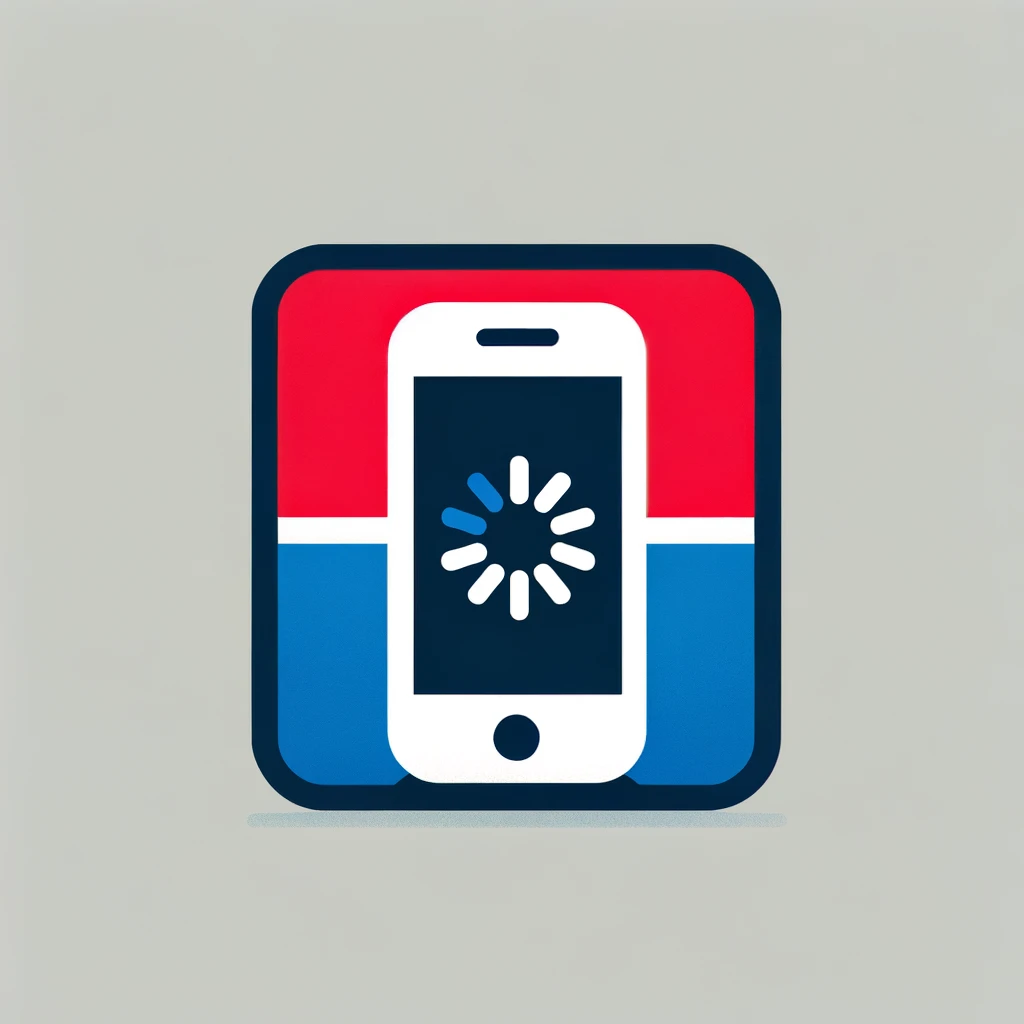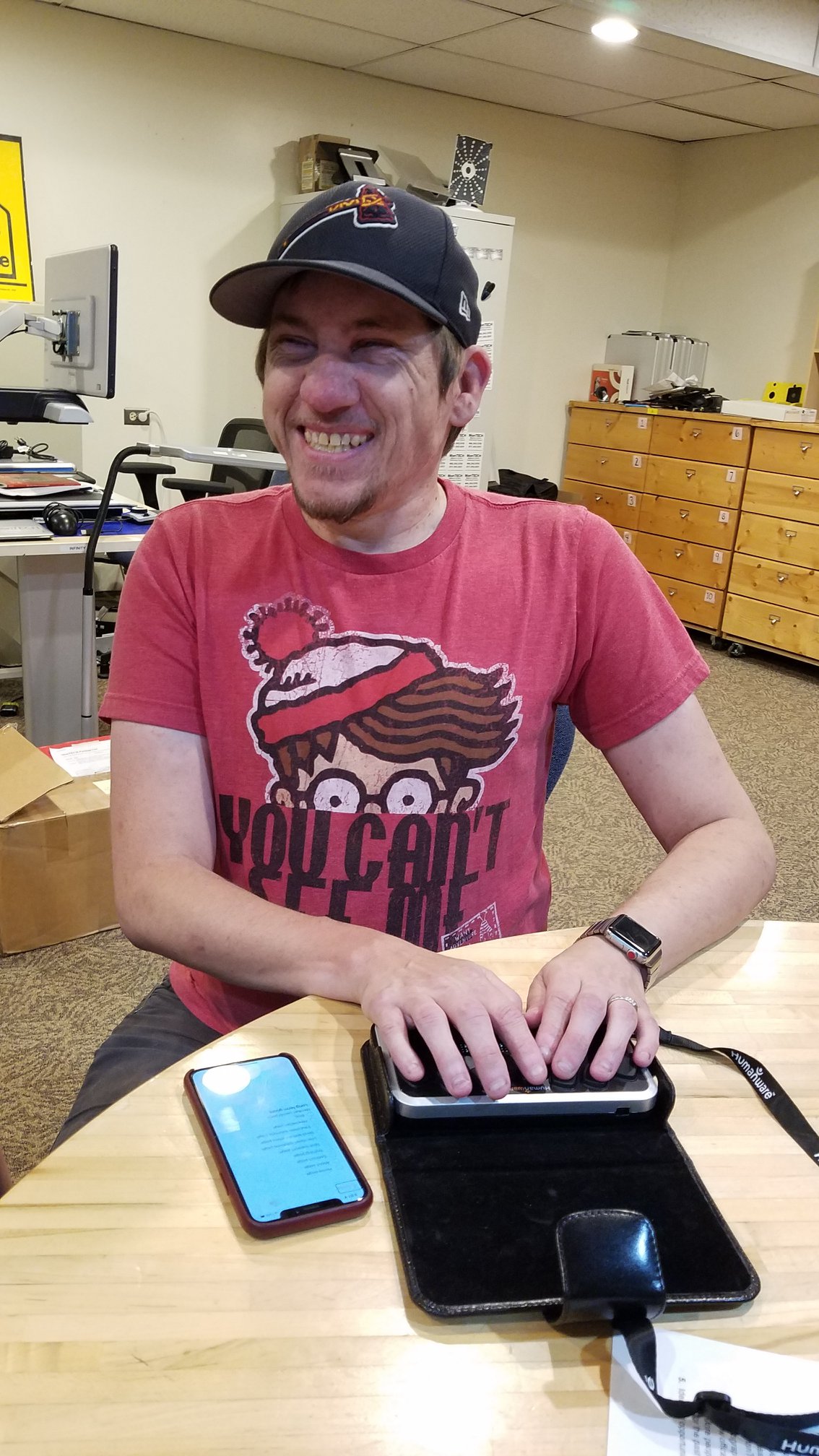
Braille, traditionally, is a system of raised dots that make reading and writing accessible to the visually impaired. While there are external devices that make it possible to type something in braille on a phone, tablet or computer, it’s not exactly quick or a seamless experience. Google added the TalkBack braille keyboard to try and alleviate some of those complications. It's a software braille keyboard integrated directly into Android.
Here's Google's description of the feature - "Our team collaborated with braille developers and users throughout the development of this feature, so it’ll be familiar to anyone who has typed using braille before. It uses a standard 6-key layout and each key represents one of 6 braille dots which, when tapped, make any letter or symbol. To type an 'A' you would press dot 1, to type a. 'B,' dots 1 and 2 together. The keyboard has six keys, and each key represents one of six braille dots. They arrange specific letters and symbols together when tapped in combination. You can use TalkBack anywhere you want to type, and it allows you to delete letters and words, add lines, and submit text".
Getting the Talkback Braille keyboard started and set up:
- Navigate to and access TalkBack on your Android device: Go to Settings > Accessibility > TalkBack.
- Select settings under TalkBack.
- Scroll down to braille keyboard.
- Select set up braille keyboard.
- Turn on the TalkBack braille keyboard.
- Next open an app that you can type in, like Gmail.
Activating and Using the Braille Keyboard
- To get the keyboard, navigate to a text field and double tap with one finger.
- Select Switch input method (keyboard icon) or Next language (globe icon).
- Note: If you don't use G-Board, your options might be different. This option is usually at the bottom right of the keyboard.
- Select TalkBack braille keyboard.
- Note: When the braille keyboard is opened for the first time, there will be an accessible tutorial to teach the basics of the software keyboard.
Note: To learn more about commands and how to use the keyboard please visit Google's accessibility site.

